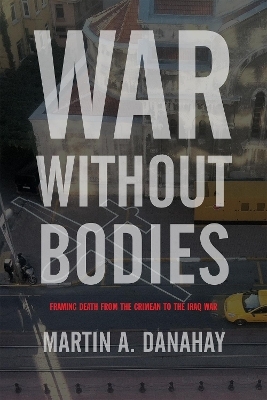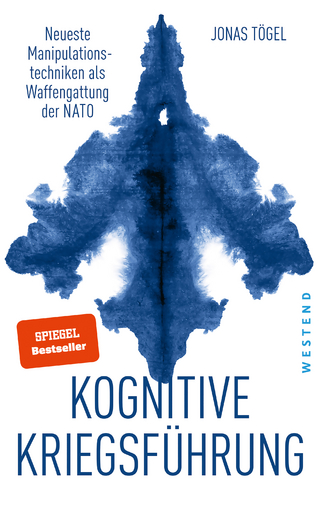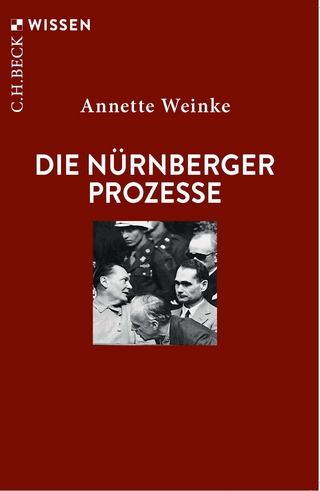
War without Bodies
Rutgers University Press (Verlag)
978-1-9788-1919-1 (ISBN)
Historically the bodies of civilians are the most damaged by the increasing mechanization and derealization of warfare, but this is not reflected in the representation of violence in popular media. In War Without Bodies, author Martin Danahay argues that the media in the United States in particular constructs a “war without bodies” in which neither the corpses of soldiers or civilians are shown. War Without Bodies traces the intertwining of new communications technologies and war from the Crimean War, when Roger Fenton took the first photographs of the British army and William Howard Russell used the telegraph to transmit his dispatches, to the first of three “video wars” in the Gulf region in 1990-91, within the context of a war culture that made the costs of organized violence acceptable to a wider public. New modes of communication have paradoxically not made more war “real” but made it more ubiquitous and at the same time unremarkable as bodies are erased from coverage. Media such as photography and instantaneous video initially seemed to promise more realism but were assimilated into existing conventions that implicitly justified war. These new representations of war were framed in a way that erased the human cost of violence and replaced it with images that defused opposition to warfare.
Analyzing poetry, photographs, video and video games the book illustrates the ways in which war was framed in these different historical contexts. It examines the cultural assumptions that influenced the reception of images of war and discusses how death and damage to bodies was made acceptable to the public. War Without Bodies aims to heighten awareness of how acceptance of war is coded into texts and how active resistance to such hidden messages can help prevent future unnecessary wars.
MARTIN A. DANAHAY is a professor of English at Brock University in Canada. He is the author of Gender at Work in Victorian Culture: Literature, Art and Masculinity and A Community of One: Masculine Autobiography and Autonomy in Nineteenth Century Britain.
Introduction: Two Photographs
Framing Death
War Culture
1. Sacrificial Bodies: Fenton, Tennyson and the Charge of the Light Brigade
Documenting the Crimean War: Fenton’s Photographs
Reliving the Charge of the Light Brigade
The Charge of the Light Brigade as Sacrifice
2. The Soldier’s Body and Sites of Mourning
Memorializing the Dead
The Charge of the Light Brigade and Psychological Trauma
Diagnosing Trauma
3. War Games
Fantasy Wars: Dungeons and Dragons
Virtual Warriors and Armchair Generals
The Pleasures of Conquest
4. Trauma and the Soldier’s Body
The Soldier’s Gendered Body
PTSD and Moral Injury
The Politics of PTSD
5. Sophie Ristelhueber: Landscape as Body
Fait and Drone Vision
Landscape and the Soldier’s Body
Reinserting the Civilian Body into the Frame
Conclusion: Future War without Bodies
| Erscheinungsdatum | 10.03.2022 |
|---|---|
| Zusatzinfo | 10 b&w images |
| Verlagsort | New Brunswick NJ |
| Sprache | englisch |
| Maße | 152 x 229 mm |
| Gewicht | 27 g |
| Themenwelt | Geschichte ► Teilgebiete der Geschichte ► Militärgeschichte |
| Sozialwissenschaften ► Kommunikation / Medien ► Medienwissenschaft | |
| Sozialwissenschaften ► Politik / Verwaltung | |
| Technik | |
| ISBN-10 | 1-9788-1919-6 / 1978819196 |
| ISBN-13 | 978-1-9788-1919-1 / 9781978819191 |
| Zustand | Neuware |
| Haben Sie eine Frage zum Produkt? |
aus dem Bereich


